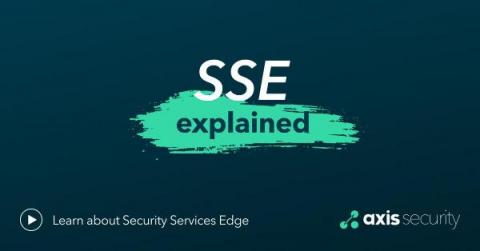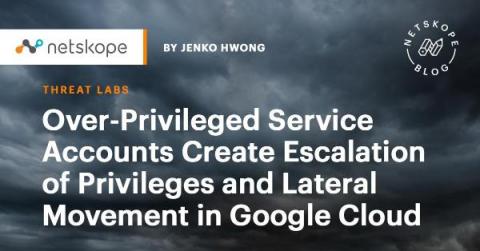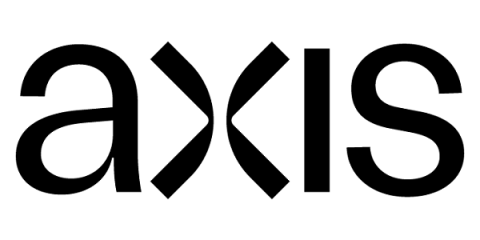The Security Service Edge: EXPLAINED
Security service edge (SSE) will be one of the most talked about subjects in 2022, and beyond. The problem is not many IT leaders understand what SSE is, how it differs from SASE, what to look for when selecting one, or the value they provide for the business. In the video below I demystify SSE. Enjoy. If you are interested in learning more about SSE feel free to speak with our team here at Axis! We’d be happy to provide a quick demo of our SSE platform











